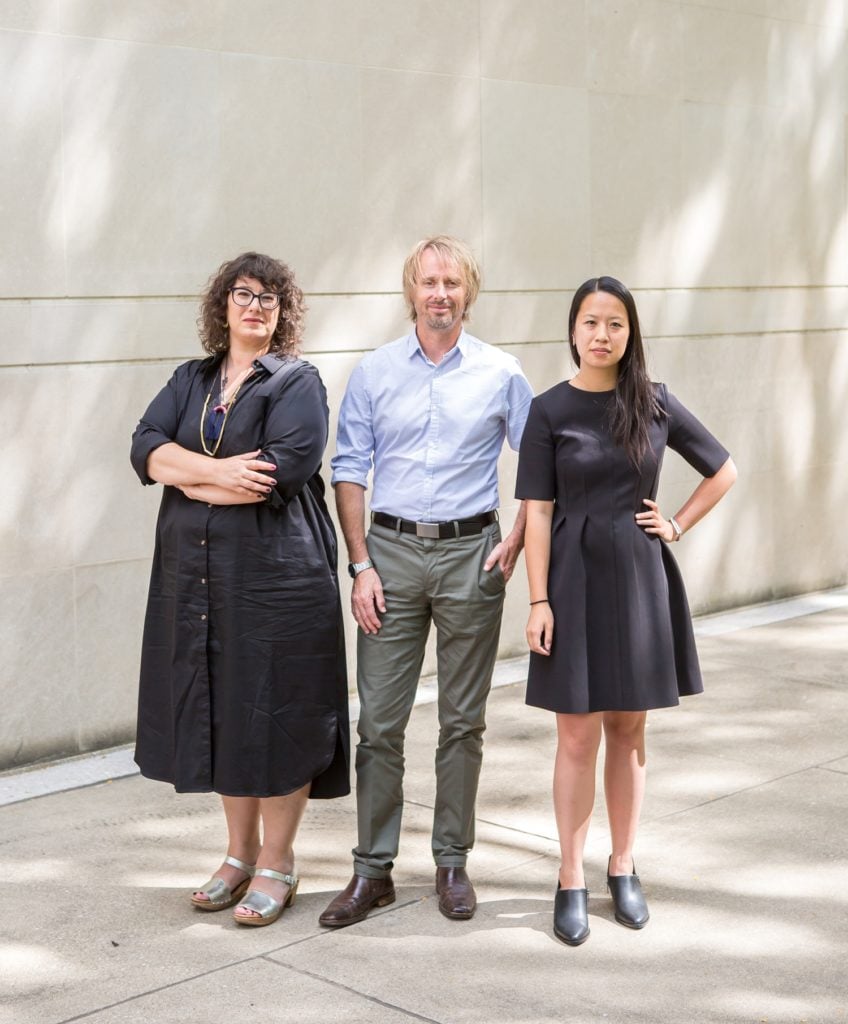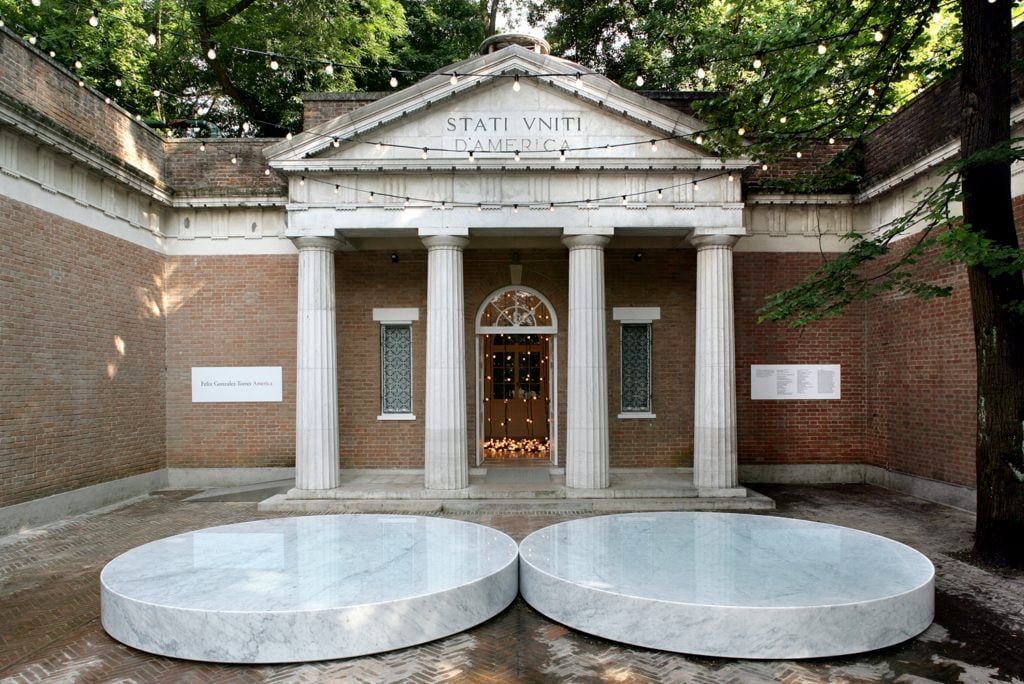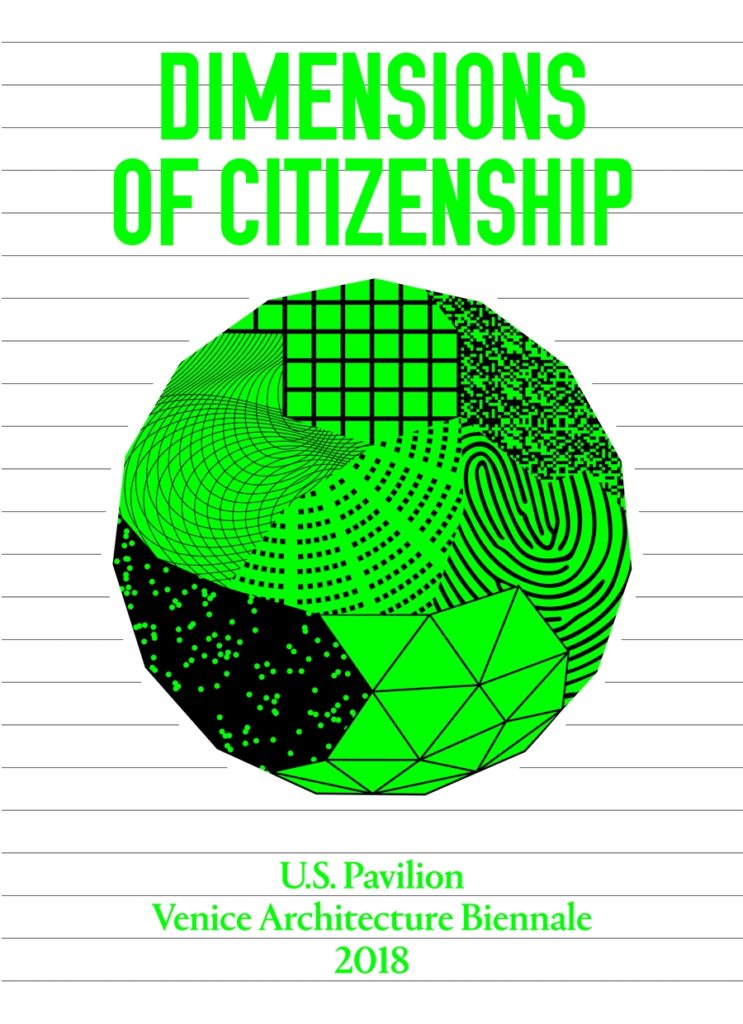Art World
The Venice Architecture Biennale’s Next US Pavilion Will Come Courtesy of Chicago
The School of the Art Institute of Chicago and the University of Chicago will team up to present an exhibition about citizenship.

The School of the Art Institute of Chicago and the University of Chicago will team up to present an exhibition about citizenship.

Julia Halperin &
Sarah Cascone

The US Pavilion at the 2018 Venice Architecture Biennale will tackle an ambitious—and politically charged—question: What does it mean to be a citizen?
The School of the Art Institute of Chicago (SAIC) and the University of Chicago announced today that they have been selected to co-commission next year’s pavilion, which opens May 26 (through November 25, 2018). The University of Chicago offers a minor in architectural studies as part of its art history department, and SAIC has a master’s program in the field.
Niall Atkinson, an associate professor of architectural history at the University of Chicago, Ann Lui, an assistant professor at SAIC, and the Los Angeles-based independent critic Mimi Zeiger will co-organize the exhibition, titled “Dimensions of Citizenship.” The announcement, made a few months later than usual, puts an end to months of speculation within the architectural community about who would earn the prestigous gig.
The schools were chosen following an open call for proposals announced by the US State Department Bureau of Education and Cultural Affairs. They applied together “with a joint curatorial vision,” says Jonathan Solomon, who runs SAIC’s architecture program and also co-curated the US’s 2010 pavilion at the biennale.
“We thought that citizenship was a very urgent topic right now, both within national and global conversations,” Lui tells artnet News. “We noticed that architecture was often squarely in center of these conversations, whether it was the border wall, or about more unexpected spaces like an airport lobby or monuments in the park.”
Before now, however, architectural historians had not fully considered the question of how architecture can promote or curtail our rights as citizens, Atkinson says.

Felix Gonzalez-Torres at the Venice Biennale’s US Pavilion in 2007, organized by the Guggenheim Museum. Daniele Resini ©SRGF, NY.
The organizers plan to present newly commissioned projects created in response to the pavilion’s theme alongside existing work. They will also commission additional off-site performances and installations in Venice, Chicago, and possibly other cities.
Although the full list of exhibitors has not yet been announced, “we’re imagining a show that’s really interdisciplinary,” Lui says, noting that the curators hope to include theorists, historians, and artists in addition to architects and designers.
The theme of citizenship has been top of mind for the University of Chicago, which is home to Barack Obama’s forthcoming presidential library. The former president has described the institution as “a living, working center for citizenship.”
The curators say their interest in the theme developed well before President Trump’s election. “I think questions of citizenship are charged now, but it’s important for us to realize how charged they have been over history,” says Bill Brown, the chair of the provost’s arts steering committee at the University of Chicago. From redlining to gerrymandering, architecture has long had a tangible impact on individuals’ rights as citizens in the US.
These questions also have a long history in Venice, which is home to the first Jewish ghetto, established in 1516.

“Dimensions of Citizenship”, courtesy of Project Projects.
Atkinson acknowledges the team must walk a fine line when developing an exhibition that challenges the status quo. After all, they were selected by the US Department of State, which also helps fund the project. But he adds, “It’s crucial to show that there are many voices in the United States that are talking about these issues.”
Solomon was not able to comment on the reason for the announcement’s delay, but says, “We certainly have confidence that we can support the curatorial vision within the time that we have and we’re marshaling our institutions’ resources to do that.”
According to the Architect’s Newspaper, putting together the pavilion will cost at least half a million dollars, in addition to support from the State Department, and a significant portion of the event’s planning will involve fundraising. A spokesperson for the US Pavilion did not immediately respond to an inquiry about the pavilion’s budget or how much money has been raised to date.